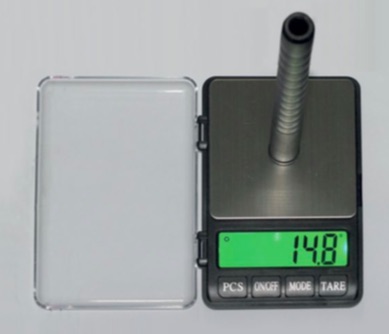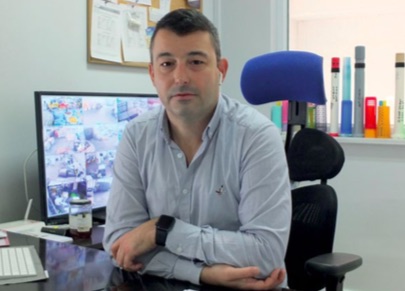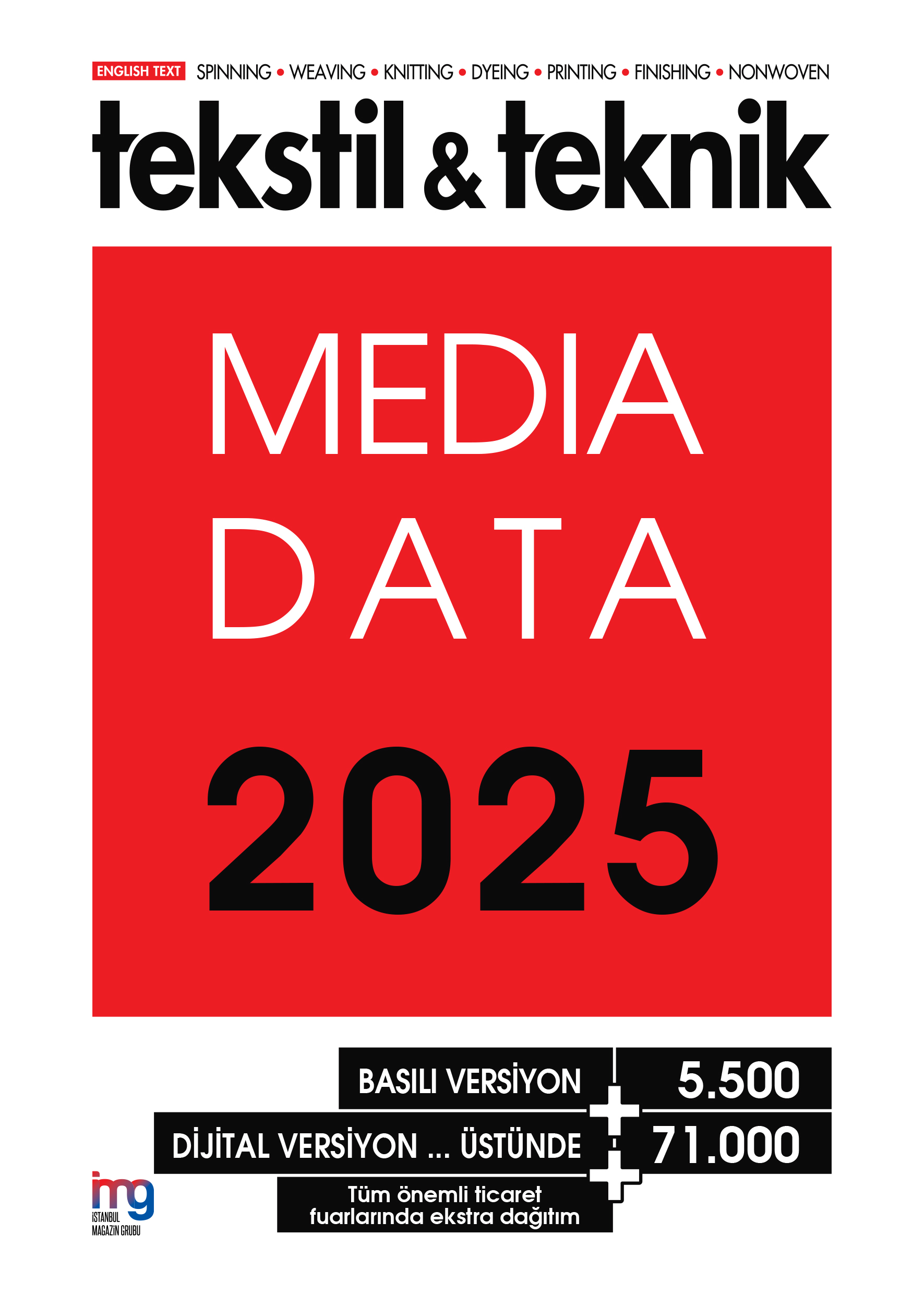 Recently produced RoZa X TUBE tubes by RoZa Plastik, an outcome of combination of Italian cutting-edge technology and Turkish/Italian know-how provide yarn producers with lower energy consumption and higher efficiency in production.
Recently produced RoZa X TUBE tubes by RoZa Plastik, an outcome of combination of Italian cutting-edge technology and Turkish/Italian know-how provide yarn producers with lower energy consumption and higher efficiency in production.
Having half a century expertise at the industry, RoZa Plastik was founded in İstanbul 2010 to produce innovative yarn carriers (ring tubes, roving tubes, yarn dyeing tubes, bobbin holders) to meet the needs of yarn producers. RoZa X TUBE tubes are an outcome of combination of Italian cutting-edge technology and Turkish/ Italian know-how that provides yarn producers with lower energy consumption and higher efficiency in production, which prioritizes the use of local and national resources.
Informing us of their recent manufacturing of RoZa X TUBE tubes, Ali Zabunoğlu, the General Manager at RoZa Plastik said that they managed to succeed a lot about ring tubes, which lowers energy consumption and enhances yarn production, thanks to their ever-lasting R&D endeavors. “We are proud to offer our clientele our new generation ring tubes for which we started R&D studies 2 years ago. To be able to make such production possible, one needs special molds. Machinery, mold and raw material are three major partners that are quite significant. If one is missing, you can’t attain the efficiency you’d like to. It’s like a domino effect, which ruins overall system. New ring tubes last fairly longer than previous ones.”

Good news to yarn producers
Highlighting the fact that they realized a sectoral revolution by combining a specially alloyed raw material and plastic engineering to manufacture RoZa X TUBE, Zabunoğlu added that they took their endeavors one step ahead about 6 months ago, which was actually a 2-year effort. “We began long-term trials at companies to check up on the efficiency and operational analysis. We received much better outcomes than we’d initially hoped for during testing processes that were held at textile companies such as Üçler Tekstil and Gülle Tekstil.
We based the thickness of ring tubes by 1mm and lowered the tube weights down to 14-20 g on all the machine models and dimensions. We gladly saw good amount of saving on bobbin yarn waste, bobbin energy, ring energy and labor; conversely, production efficiency was much higher, on a ring machine operating on 30/1 Ne. Considering all the advantages aforementioned, there sure is an overall high efficiency and better quality yarns. Our carbon tubes increase doff time around 30-70 minutes processing %100 cotton or poly-cotton yarns, lessening the doff time 2-3 times per day. When all the benefits are calculated, regain of the investment cost is less than a year. We’ve applied for patent rights in and out of the country. We are anticipating good news sooner rather than later.”









